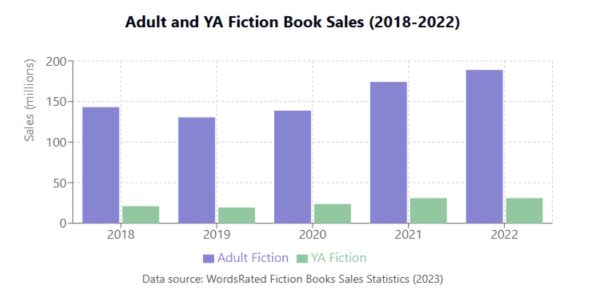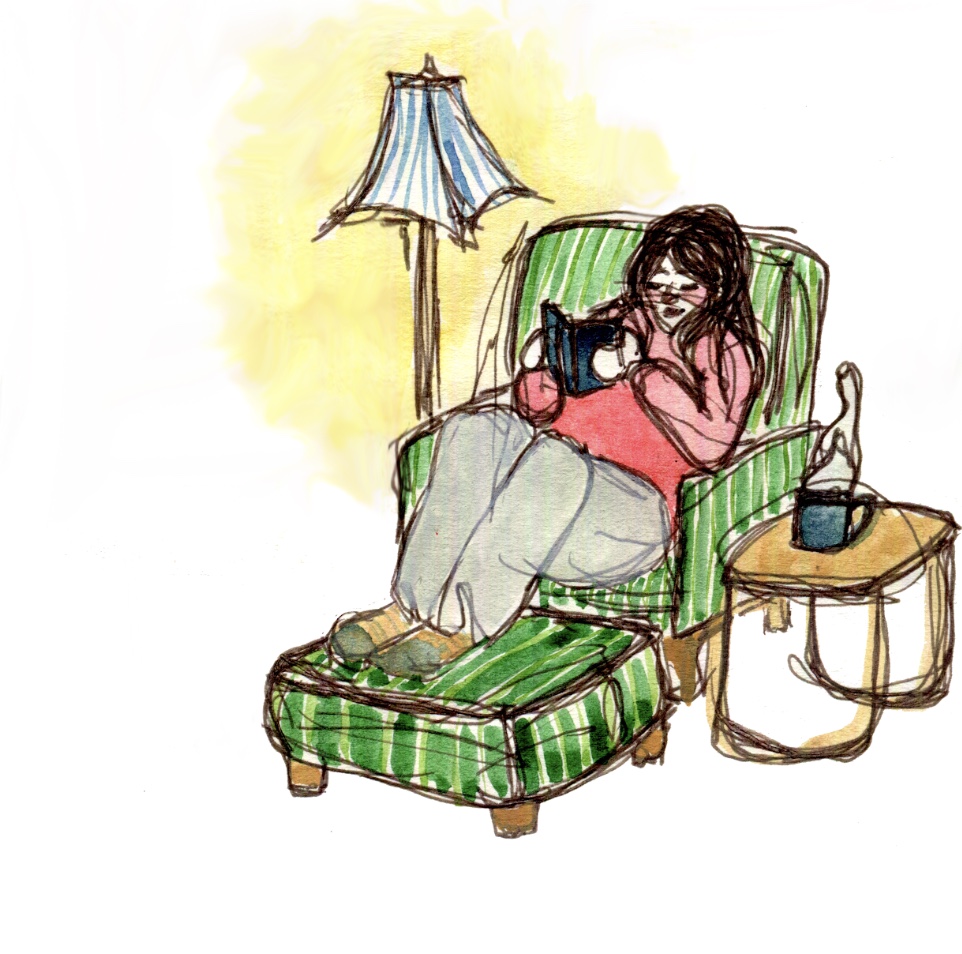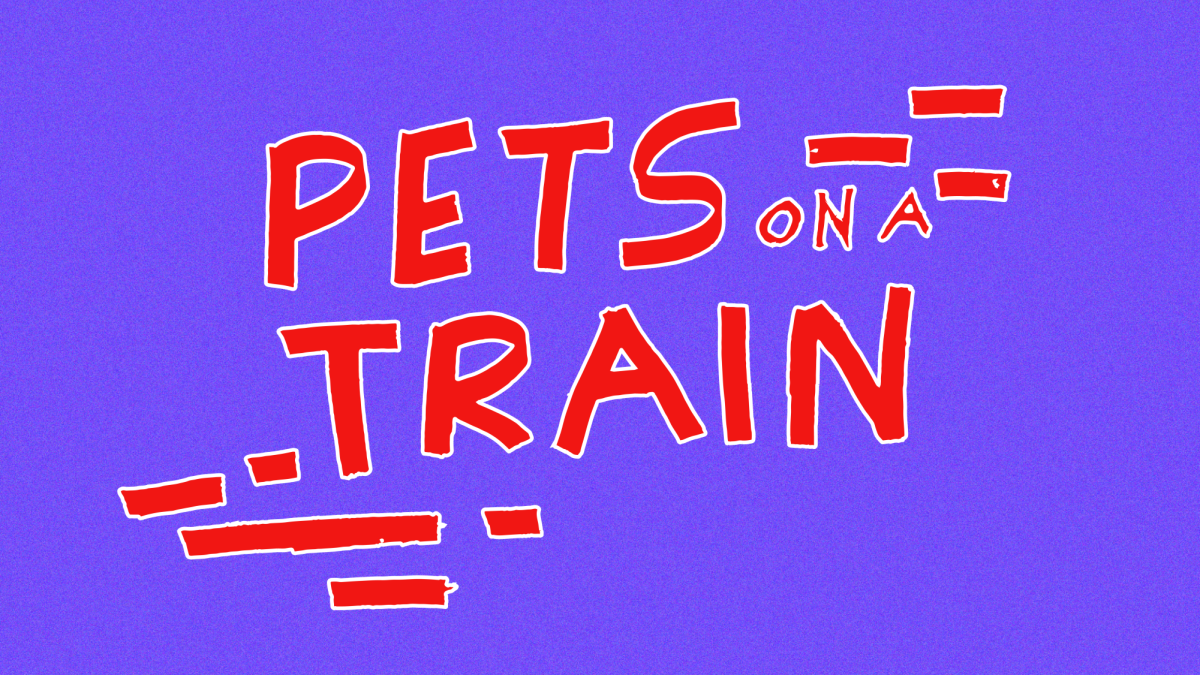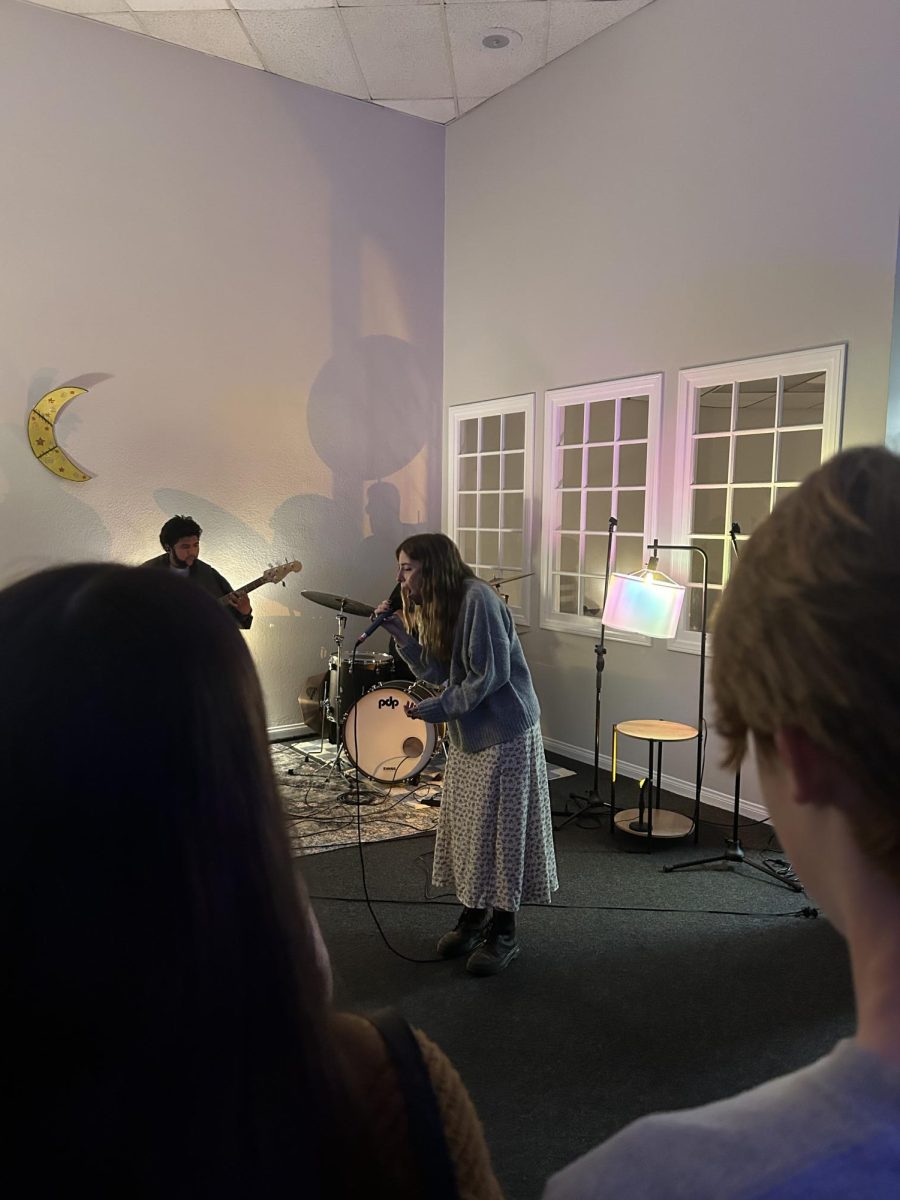In 2019, Charli D’Amelio rose to fame on the popular social media platform known as TikTok. In just one year, this 15-year-old girl reached 20 million followers by posting dancing videos that went viral. But as TikTok grew in popularity since its establishment in 2017, it’s become apparent that this social media platform is about more than just obtaining followers; it has the capacity to influence industries that have been around longer than TikTok.
BEGINNINGS
Upon its initial launch by ByteDance in Sept. 2016, TikTok was known as Douyin in China. It wasn’t until a year later that it was re-released internationally as TikTok and in 2018, it was merged with Musical.ly, a short-form video app. TikTok experienced a surge of popularity when the COVID-19 pandemic occurred. By 2020, the social media platform had about 466 million users.
One TikTok niche that has gained significant traction since its emergence in 2020 is that of book recommendations. Known as BookTok, this niche quickly became one of the most popular ones on TikTok. By 2024, the hashtag #BookTok gained over 36 million videos and 200 billion views. Right from the start, it became clear that BookTok’s influence reached beyond the screen and into the very heart of the book industry.
A DATA ANALYSIS
“Social media, from TikTok to Instagram, has had a profound impact on the publishing industry,” said Stan Jantz, the president of the Evangelical Christian Publishers Association (ECPA) and author of over 50 books.
In 2021, BookTok helped sell around 20 million books, accounting for 2.4% of the total book sales that year. The TikTok niche helped popularize books published before and during its boom. In Canada, titles published six to ten years before BookTok saw their sales increase by 395%. From 2019 to 2022, titles released in 2018 increased their sales by 812% and titles released in 2014 and 2017 increased their sales by 1,698%.
A prominent example of BookTok’s effect is Colleen Hoover’s adult fiction romance, “It Ends With Us,” originally published in 2016. After Hoover’s book appeared on BookTok, it became a best-seller in 2021, sold over 4 million copies worldwide by 2023 and was adapted into a film in 2024. “They Both Die at the End” by Adam Silvera is another example of BookTok’s capacity to boost published works. Silvera’s book was released in 2017 and sold over 650,000 copies in 2021 alone.
“It Ends With Us” and “They Both Die at the End” are just two examples of books that demonstrate a potential correlation between social media and spikes in a book’s popularity. In an article from 2022, some of the most popular BookTok books of that year are listed. Among these are “The Silent Patient” by Alex Michaelides, “The Invisible Life of Addie LaRue” by V.E. Schwab and “Transcendent Kingdom” by Yaa Gyasi. In a Readers Digest article, “Mexican Gothic” by Silvia Moreno-Garcia is listed as another popular title.
The Post45 Data Collective put together a data set of the New York Times (NYT) Hardcover Fiction Weekly Bestseller List from 1931 to 2020. In 2020, “The Silent Patient” appeared on the NYT bestseller list 28 different weeks and “Mexican Gothic” nine different weeks. Schwab and Gyasi’s books also remained on the NYT bestseller list for several consecutive weeks. For a book to have a chance at becoming a NYT bestseller, it must sell at least 5,000 books to different retailers across America in a single week. While there is no way of knowing if BookTok is the reason these four books reached bestseller status, it is an observation worth noting as it suggests a correlation between their appearance on BookTok and the increase in sales that helped them become bestsellers for multiple weeks.
“BookTok has been very effective in making books – that wouldn’t normally have a strong marketing program behind them – known to audiences that wouldn’t normally be reached by traditional marketing methods,” said Sheri Toomb, the communications manager for the ECPA. “It’s a significant, and in most cases I think, the primary marketing tool that publishers and authors use, because it’s so accessible to building a platform.”
AN IMPACT BEYOND THE SCREEN
Aside from their appearance on BookTok, “It Ends With Us,” “They Both Die at the End,” “The Silent Patient,” “The Invisible Life of Addie LaRue,” “Transcendent Kingdom” and “Mexican Gothic” all share something else in common: they’re either adult or young adult (YA) fiction works.
Since the pandemic – around the same time that BookTok gained traction – adult and YA fiction book sales experienced an increase. In 2019, adult fiction produced $130.5 million in sales. Compare that to 2022, with $189 million. While bringing in less money than adult fiction, YA fiction is the fastest-growing print category. From 2018 to 2022, YA fiction has grown by 58% with an increase of around 10 million dollars in sales.

As of 2024, the majority of TikTok users fall between the ages of 18 and 34. Young adults and adults fall into this age range so in other words, young adults and adults use TikTok the most. This presents another possible correlation between the age demographic of TikTok and the statistics on adult and YA fiction book sales. When people come across a visual representation of a book, like a video on TikTok recommending the book, they may then be influenced to purchase it so they can read it and form their own opinion.
“Once people have seen a visual representation, whether it’s a TV series, an Instagram or TikTok post, maybe a picture with a quote or an excerpt, people then would be more likely to go to the source to read more about it,” said Jantz. “We’re visual creatures, now more so than ever because the visuals are contained in our phones.”
An increase in reading activity can be seen among TikTok users who are exposed to BookTok. In fact, 48% of TikTok users began to read more after watching BookTok videos and 62% have read at least one book that was recommended. In a world where social media frequently has negative connotations attached to it, TikTok and its niche of books stand out as something positive.
“I personally do not see any downsides to the way you reach readers with good content to read,” said Toomb. “Social media should be used to spread good information about books.”







